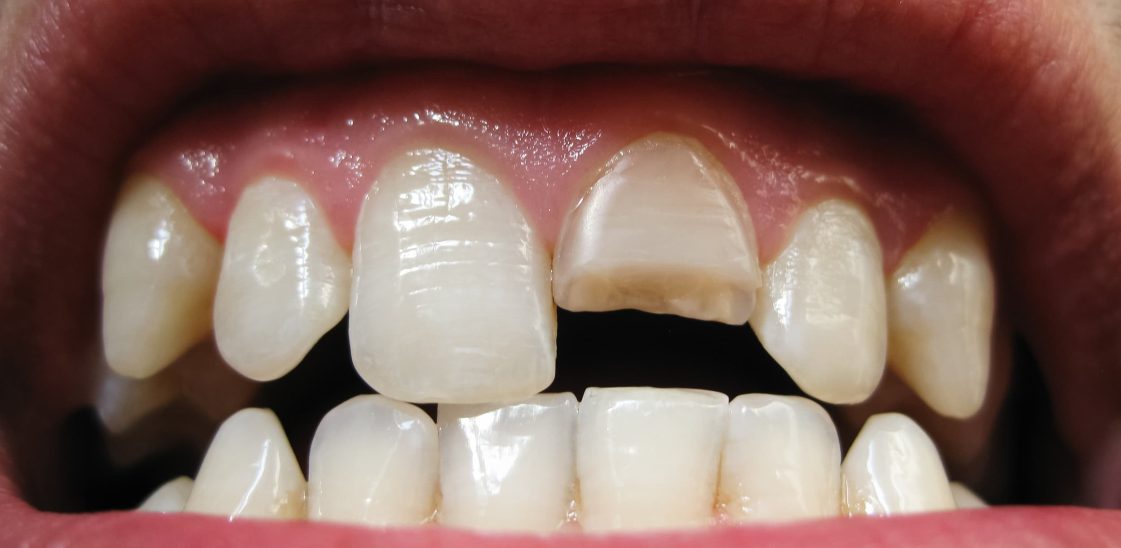
How much tooth is needed for a crown?
A dental crown is one of several options to protect damaged teeth and improve their appearance – but that doesn’t mean it’s always the best option.[1] Various factors come into a dentist’s decision to recommend a crown, and one of those factors is the current state of the affected tooth.[2]
To understand more about how much tooth is needed for a crown and how your teeth’s condition can affect the suitability of a crown procedure, keep reading.
How much of a tooth is needed for a crown?
When dentists fit a dental crown, it’s not a simple procedure that can be done in a single appointment. In the first appointment, they will reshape your natural tooth into something that resembles a small peg. It’s onto this that the dental crown will eventually be fitted, but this won’t happen on your first appointment. The dentist will need to take a cast of your natural tooth and send it away so that your new dental crown can be created to fit your tooth snugly.
Crowns aren’t the only form of dental protection that require a reshaping of the tooth, but the extent of the procedure means that dentists will usually try other, less invasive procedures first to try and protect your teeth. This is why you don’t immediately get a crown when you develop a cavity – fillings can be a useful tool to help repair your teeth without the need to reshape them drastically.[3,1]
Because of this, if you have little damage to the tooth in question, it’s unlikely that your dentist will recommend a crown. Other procedures will typically be more appropriate for your circumstances.[3]
On the other hand, what this means is that crowns can be effective in situations where the damage to your natural tooth is more extensive. Since dentists will need to reshape the tooth into a small peg anyway, a crown can still be suitable even if much of the rest of your tooth has worn away or developed cavities.[2]
For severely broken down teeth, dentists can sometimes add what is known as a post. This may be done after a root canal treatment. A post takes on the role of the peg-shaped natural tooth where there isn’t enough tooth left, meaning your dental crown would then be fixed to the post, which sits deep inside the root of your tooth. This can make crowns suitable even for those with lots of damage.[3]
Can you crown a broken tooth?
As discussed, dentists can make crowns work in a variety of circumstances, including those where your natural tooth is highly degraded. In practice, whether or not you’ll be able to get a crown will depend on the specifics of your dental health, as well as your ability to afford treatment. However, having a broken tooth doesn’t necessarily rule you out from suitability for a cap or crown.[2]
With that said, it’s important to avoid thinking of crowns and caps as fallback options when it comes to looking after your teeth. While crowns can be a good way to repair and protect a tooth, it’s always better to look after your natural teeth as best as you possibly can in order to avoid costly treatments and pain from dental hygiene issues.
In addition, dental crowns cannot be fitted if there is no tooth remaining to be crowned. In situations where you have lost a tooth, either through injury or oral hygiene problems, more serious dental work may need to be undertaken. For example, at this stage a dental implant or a bridge may be more appropriate.[2]
For these reasons, it’s vital that you look after your natural teeth and any crowns, fillings or bridges you may have to the best of your ability. That means brushing your teeth twice a day, cleaning your tongue and the hard-to-reach areas between your teeth, and eating a healthy, balanced diet that doesn’t expose your teeth to high levels of sugar or acids.[3] To make it easier to keep up with a healthy dental hygiene routine, you can buy products designed to make flossing between the teeth as simple and time-efficient as possible. For instance, the Dentek Eco Triple Clean floss picks feature extra strong textured floss to retrieve bacteria and food particles, as well as a handy hook design to make it simpler to reach those difficult areas.
If you think a crown or other dental treatment might be needed for your teeth, the first thing you should do is book an appointment with your dentist. They will be able to assess the current health of your teeth and recommend options to you based on what would be the most suitable course of action.
Resources:
[1] – https://www.nhs.uk/live-well/healthy-teeth-and-gums/dental-treatments/
[2] – https://mft.nhs.uk/app/uploads/sites/3/2018/09/UDH-124.pdf




